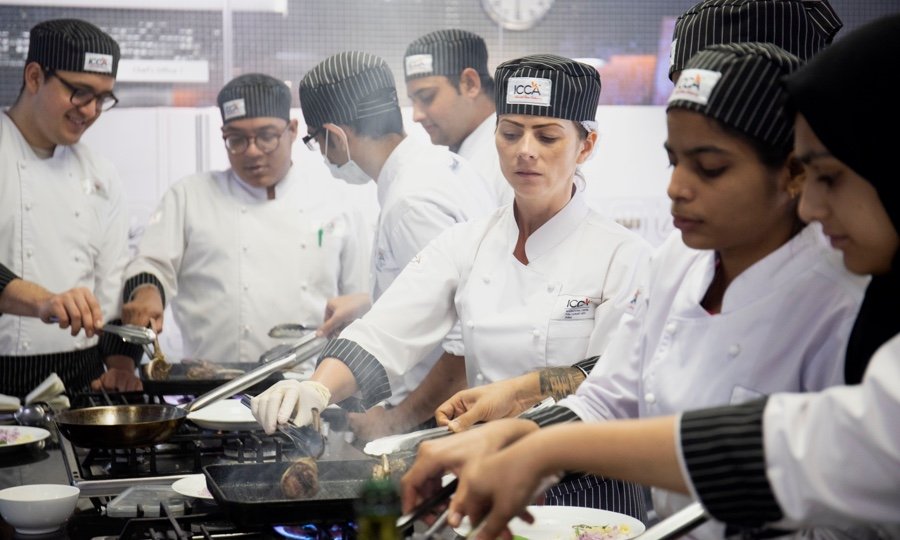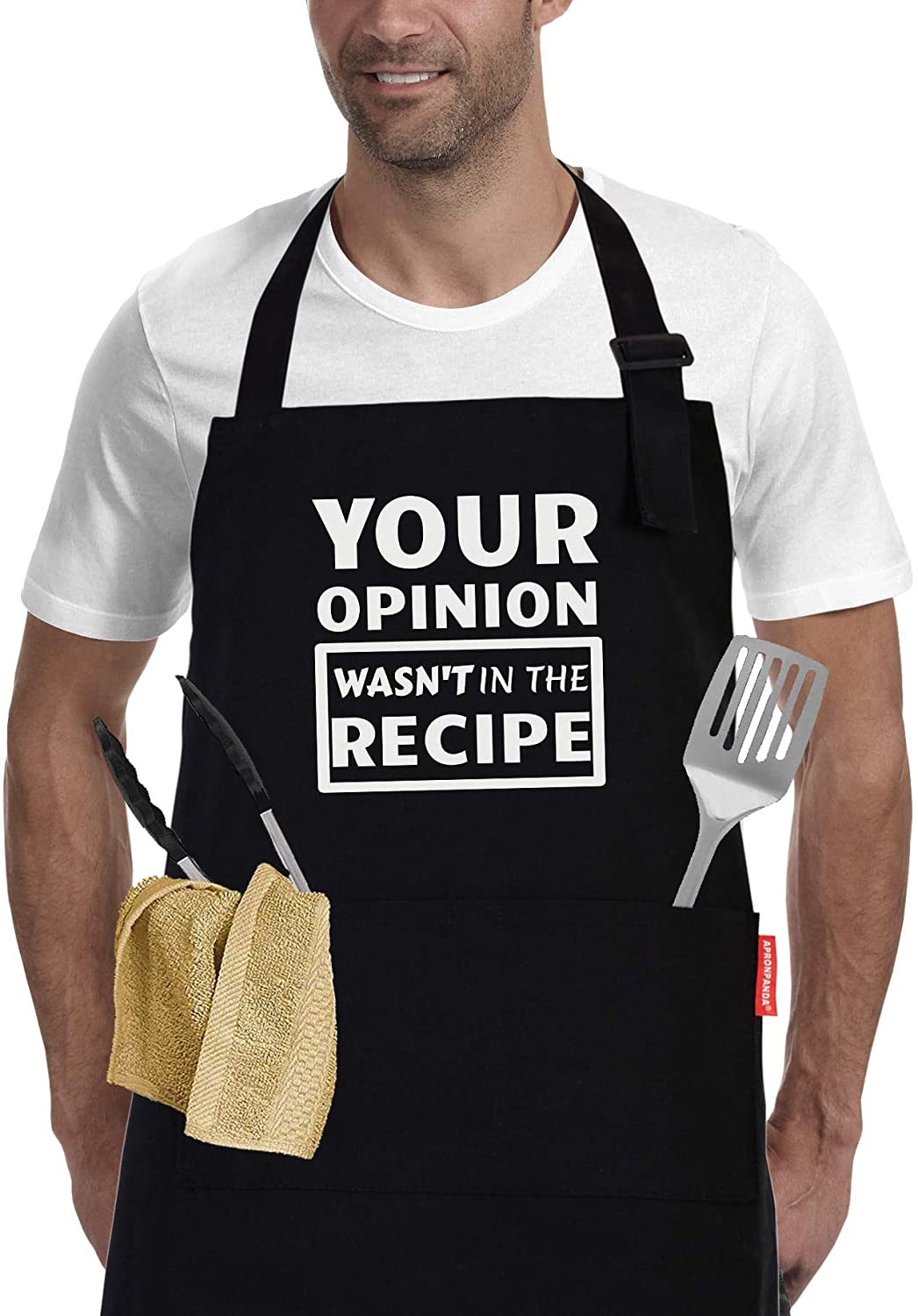
I wrote about the importance 101 of cooking skills and how Joey Delago's class explains each skill and task. I have discussed the tasks-based categories of skills in cooking, as well as their applications. These skills are vital for any cook and a list will help you decide which ones you should learn. This article will cover some of these skills before you move on to the next level in your culinary journey.
Chef de Cuisine Joey DeLago's cooking skills 101 class
If you've ever wanted to learn how to cook like a professional, Chef de Cuisine Joey DeLago'S cooking skills 101 class can teach you the basics. This hands-on class is focused on basic culinary skills necessary to prepare multi-course meals. Joey will be sharing tips and tricks about planning, timing, presentation, prepping, and timing. Plus, you can share your final dish with other home cooks!
Categories of cooking skills that are task-based
The Food Agency defines cooking skills as a set of knowledge, skills, and practices that facilitate a nutritious diet. This framework acknowledges that many barriers to a healthy diet lie in the environment, but it focuses on promoting food skills by identifying appropriate measures. These measures should be clear and easy to comprehend, linked to other domains, applicable to a wide range sociodemographic levels, and easily applied. The following four categories have been developed to address some of the most pressing issues related to food skills.

Activating yeast
If you use yeast in your cooking, you'll need to know how to activate it. To activate yeast, warm some tap water and run some hot water through it. In some cases, you may need to add water or sugar to the yeast. Here are some tips to help you activate your yeast. Once the yeast is at a bubbly stage it can be used. Cooking is the key to baking success.
Making stocks
Using a stock can make your dinners more flavorful and add a lot of depth to a dish. Stocks made at home can include the flavors of meat, vegetables, and fish. They can also be Western or Asian in origin. It is possible to make your stock from bottled water. However, it may be more convenient to buy filtered water at the supermarket. There are many stock recipe options, but it is important to know the basics to ensure your stock tastes as good as possible.
Whipping cream
Whipped cream is a delicious way to top a cake or dessert. Although it's simple to make, there are a few things you should keep in mind when making this classic dessert. It looks almost like slightly melted ice-cream, but it is not. Whipping cream shouldn't have a lumpy consistency. It should be fluffy and slightly curled. You can make soft peaks by whipping the cream with a wooden spoon until it holds its form and doesn't slack.

Melting chocolate
If you want to create delicious desserts, then learning how to melt chocolate should be on your list. It is not an easy task. These tips will help you to get the job done quickly with minimal mess. First, you need to know the correct method. There are two options for melting chocolate: the double boiler method or the microwave method. Double boiler method involves using a heatproof bowl or pan with a glass or stainless steel bottom nestled over a saucepan of simmering water. You should not allow the water to splash into this bowl and should only use it slowly.
FAQ
What is the best way to learn to cook?
Cooking can be something everyone should master. It's a great way to experience delicious food without having to learn how to cook. When learning how to cook, the first thing to do is find a recipe you love and follow it closely. Next, you'll want to practice making small changes to the recipe until you feel comfortable making the dish yourself. You can also try cooking for other people. This will allow you to improve your cooking skills and test your abilities.
Do I need to attend culinary school to become a cook?
No. Many chefs started their careers by learning on their own. Some even went to culinary school just to gain experience. Many chefs prefer to attend culinary school for the increased opportunities to learn and grow as professionals. Culinary schools offer students hands-on training, which helps them build valuable skills and improve their cooking knowledge.
Who is the best path to a career in chef work? How do I begin my career as chef?
As an apprentice, you can start your journey to becoming a chef. Apprenticeships give you the opportunity to work for many years without having to pay tuition fees. You can apply to become a sous-chef after you have completed your apprenticeship. Sous chefs supervise cooks and assist them with tasks like making salads and desserts. They also oversee the restaurant's operations.
Can I cook with my family?
Yes! Yes! Kids love helping in the kitchen. It's an enjoyable activity that teaches responsibility and teamwork. From washing vegetables to chopping onion, children can help. You will have your children enjoy helping you cook as long as they follow safe procedures when using knives.
Statistics
- In the United States, the category is estimated at $23.2 billion annually and is growing faster than the market. (washingtonpost.com)
- On average, chefs earn $58,740 a year, according to the BLS. - learnhowtobecome.org
- You'll be amazed that over 90% of CIA students receive scholarships and grants to finish their culinary studies. (ischoolconnect.com)
External Links
How To
How to make a perfect eggroll
Omelets are a favorite breakfast food of mine. But how do you make them perfectly? I've tried many different methods and recipes, but none of them seem to work! So I wanted to share some tips and tricks so that you can make delicious, fluffy omelets every morn.
First, eggs can be very temperamental ingredients for making omelets. They must be fresh, preferably from the organic market, and be kept cold until cooking. The yolks and whites will not form properly if they aren't kept cold enough. Your omelets will look strangely colored if this happens. If you plan to cook the eggs right away, it is best to use room temperature eggs.
You can also separate the egg before you add it to the pan. It is important not to allow any white to mix with the yolk as this could lead to the omelet becoming curdled.
If you add the egg directly onto the stovetop, you might end up burning the bottom part of the egg, which would ruin the texture of your omelet. Instead, heat the egg in a microwave for 10 seconds and then place it in a pan. The microwave heat cooks your egg just right, without it becoming too soft.
Next, let’s talk about mixing the egg. When mixing eggs, it is important to thoroughly beat them. Turn the bowl upside down and grab the whisk to do this. Then shake the bowl vigorously. This allows the air to be whipped and the egg to be mixed thoroughly.
Now comes the fun part - pouring the milk into the mixture. Fold the eggs in the milk mixture by first pouring half of it into the egg whites. Don't worry if there are still streaks of egg visible; these streaks will disappear once you flip the omelet.
After you have folded the eggs, heat the oil in a pan over medium heat. Once the oil has started to sizzle, turn the heat down to low. Once the oil starts getting hot, add 1/4 cup of butter to the pan and swirl it around to coat the entire surface of the pan. Open the lid and sprinkle salt on the pan. The salt will help to prevent the omelet's sticking to the pan.
Cover the pan once the omelet is formed and allow it to cool completely. Flip the omelet upside down or with a spatula. Cook the opposite side for another minute. Remove the omelet from the pan and serve immediately.
This recipe works best using whole milk. Skimmed milk is also possible.